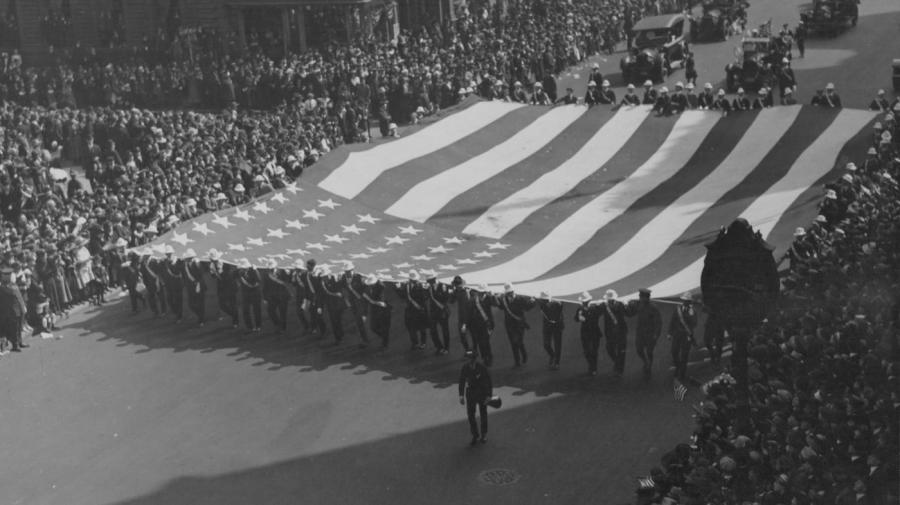What Were the Major Turning Points of WWI?

The major turning points of World War I were the United States entering into the war, the March Offensive and the Allied forces breaking through the Hindenburg Line. While many other factors contributed to the outcome, historians agree that these three events shifted the war in favor of the Allies.
In April 1917, President Wilson petitioned Congress to declare war against Germany and ordered troops to fight in Europe. According to Stanford University historian David Kennedy, the effect of the U.S. military forces on the ground war was minimal, but the ability to quickly marshal and move such large numbers of troops gave German forces the impression of a limitless supply of Allied manpower.
The second turning point was the June 1918 March Offensive, also known as the Battle of the Marne, in which German General Erich von Ludendorff advanced too far and too fast ahead of his artillery and allowed the Allies to win the battle by depleting his forces.
The third turning point occurred in September 1918 when Allied forces breached the Hindenburg Line and forced the German troops to retreat. As the Central Forces experienced growing battlefield shortages and dwindling support on the home front, Germany was left with no option but to call for an armistice and end the war in November 1918.





